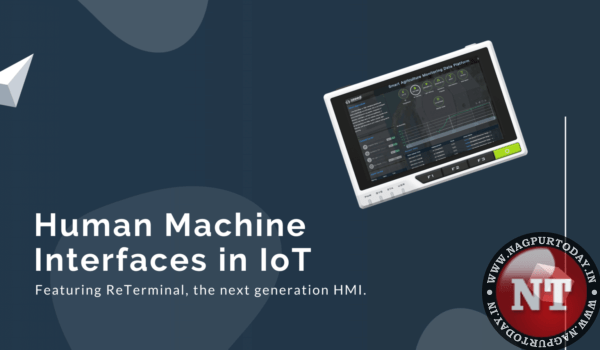
Human Machine Interface or HMI, plays a crucial role in IIoT applications. It serves as the bridge between human operators and IIoT devices. In this article, we will discuss its role in IIoT applications. In addition, we will have a look at its significance in the modern-day industrial setting.
What Do You Mean by IIoT?
IIoT stands for Industrial Internet of Things, which refers to the use of internet-connected devices and sensors in industrial applications. It involves the integration of physical machinery and equipment with digital technologies, such as cloud computing, big data analytics, and machine learning.
The sole purpose of their communication with each other is to collect and exchange data. Moreover, IIoT allows for real-time monitoring and analysis of various processes. As a result, the decision-making process improves along with efficiency. In addition to that, it also acts as a time-saving tool.
What Do You Mean by Human Machine Interface?
Human Machine Interface, or HMI, is a device that serves as the interface between human operators and IIoT devices. This software application enables operators to communicate with IIoT devices through graphical user interfaces (GUIs) such as touchscreens, keypads, and keyboards.
These systems enable operators to monitor and control various aspects of industrial processes, such as temperature, pressure, and flow rates. It typically involves the use of software or hardware components to display data and receive input from the operator. Thus, allowing them to interact with the machine and control its behaviour.
It can take many forms, including graphical displays, touchscreens, and physical buttons or switches.
How is The Role of Human Machine Interface in IIoT Beneficial?
HMI plays a crucial role in IIoT applications. It enables operators to monitor and control various aspects of the industrial process. It provides real-time data visualization and control. This, in turn, helps operators make informed decisions and take appropriate actions in real time.
With HMI, operators can monitor key performance indicators (KPIs) such as production rates, energy consumption, and equipment performance. This results in improved efficiency, reduced downtime, and reduced maintenance costs. In addition, operators can remotely diagnose and troubleshoot issues.
Another benefit of using such applications is that it improves safety in industrial settings. With this, humans can monitor machines and equipment from a safe distance. This reduces the risk of injury or exposure to hazardous materials.
How Have IIoT Applications Improved Using Human-Machine Interaction?
HMI is the bridge that connects the physical world to the digital world, making it possible for machines and devices to communicate and exchange data. It gets used in a variety of IIoT applications. Using such applications provides numerous benefits, including:
- Real-time monitoring and control of industrial processes
- Improved efficiency and reduced downtime
- Better decision-making through real-time data visualization
- Remote monitoring and troubleshooting
- Reduced maintenance costs.
- Improved safety through real-time monitoring of hazardous conditions
- Improved product quality through real-time monitoring of production processes
Finally, it provides a way for companies to gather data from machines and processes. This enables them to make data-driven decisions. Moreover, analysis of this data assists MNCs in identifying the trends and patterns that require attention. As a result, they can make more informed decisions about their operations for better work efficiency.
Parting Thoughts
The role of HMI in IIoT applications is critical. Human machine interface enables operators to interact with machines and devices in real time. It provides them with the data they need to make informed decisions.
It also plays a crucial role in enabling predictive maintenance, enhancing safety, improving efficiency, and enhancing productivity. As IIoT systems continue to evolve, HMI will continue to play an essential role in transforming the industrial landscape.














